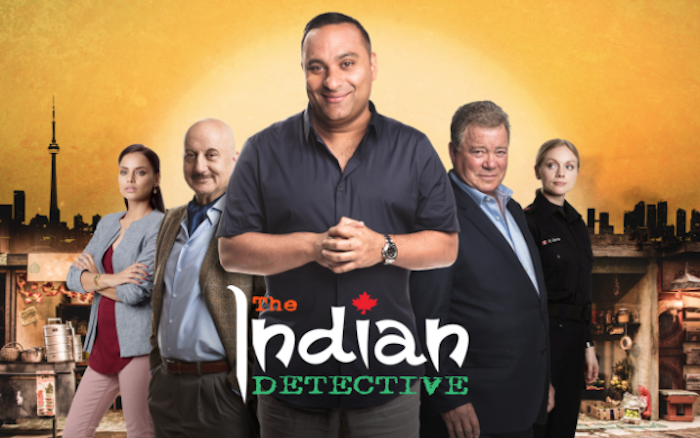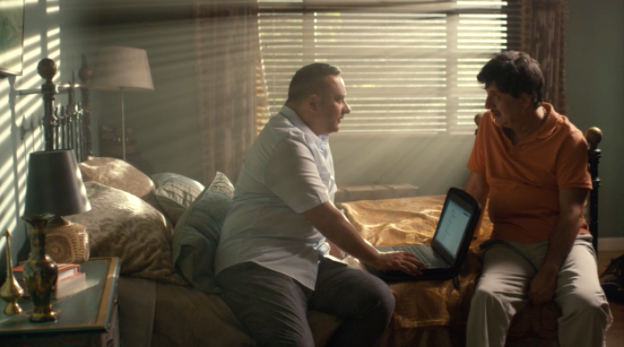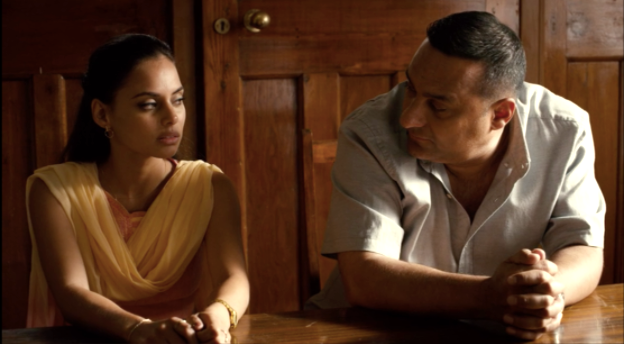
When I heard that the famous Indo-Canadian comedian Russell Peters was going to have his own show on Netflix and that too, co-starring Anupam Kher and William Shatner, I couldn’t contain my excitement. I snuggled into my bed for a Netflix binge the very day “The Indian Detective” premiered online.
However, the binge turned into something more like a looking-at-the-clock-every-two-minutes ordeal. I couldn’t believe that an entertainer who created jokes that I still laugh at to this day was “acting” (yes, it was that bad) in this dramedy (of sorts) that was literally just stereotype lathered upon stereotype in a detective story pulled from the 1980s.

The only way I can explain my reaction to “The Indian Detective” is how I, like many South Asians, reacted to “Slumdog Millionaire.” While the West glorified and praised the beautiful portrayal of the rags-to-riches story, it was just an amalgamation of stereotypes set to A.R. Rahman’s toe-tapping tunes. Likewise, showing an overweight guru who gets a “I thought people were starving in India” comment from Peters and a taxi driver who has a cow-scented car freshener to corrupt police officers, “The Indian Detective” is riddled with the same stereotypes Peters plays up in his own comedy specials that in no way help the story move along.

[Read Related: “Vir Das Shines in India’s First Netflix Original, ‘Abroad Understanding’“]
What’s more, it’s hard to explain all that was missing from the plot without giving away some spoilers, but let’s just say things were made even worse by characters whose Hindi was so bad, that even the most fluent speaker needs subtitles to understand them. Parthiephal’s performance as Solicitor Sehgal was commendable, but it makes no sense as to why she was chosen to play a woman born and brought up in India when her Hindi accent was, to put it simply, cringeworthy. The transitions from English to Hindi and vice versa throughout the show were generally awkward and unrealistic.

It’s always enticing to watch Russell Peters on screen, but if you’re in the mood for his comedy, you’re better off watching one of his stand-up specials on Netflix.




